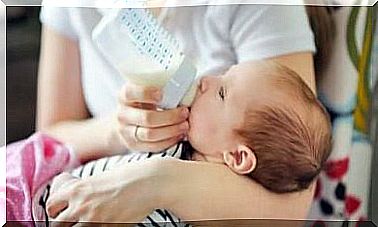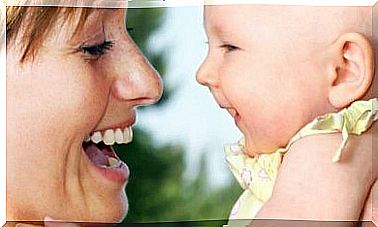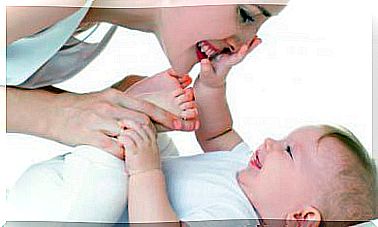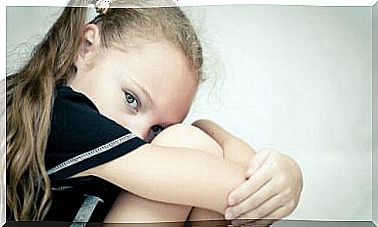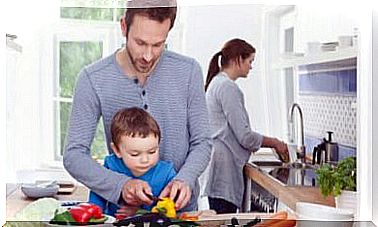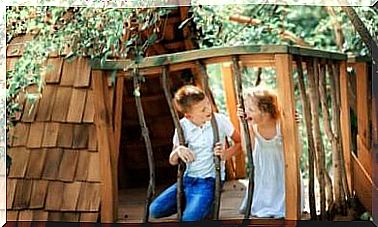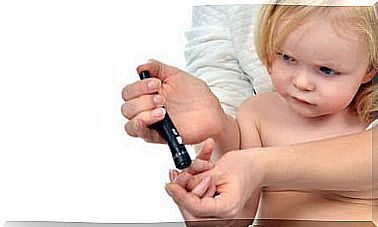4 Tips To Protect A Newborn From The Cold
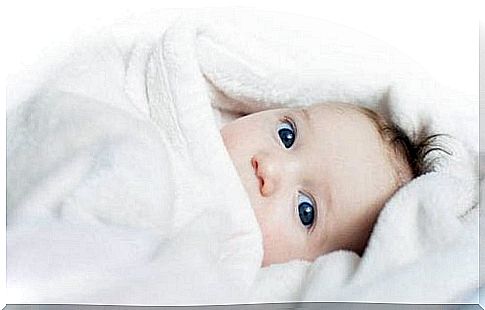
Are you pregnant and your child will be born in winter? Stay calm. In this article, we’ll give you 4 tips to protect a newborn from the cold.
How does a newborn self-regulate body temperature?
The newborn’s skin is very thin, with little subcutaneous fat and blood vessels very close to the skin, which favors heat loss.
Receptors in the baby’s skin send messages to the brain that the body is cold.
The newborn produces heat primarily through chemical thermogenesis. Chills, which are the main way to generate heat in children, are not effective in babies.
The newborn has a special and very efficient way of regulating its temperature. We are talking about metabolism.
Newborn babies have a special fatty tissue that has a high capacity to produce heat through chemical reactions.
When this fatty tissue is metabolized, the heat produced is transmitted to the main blood vessels.
This heat later travels to peripheral blood vessels in the rest of the body, which at the same time narrow to prevent heat loss.
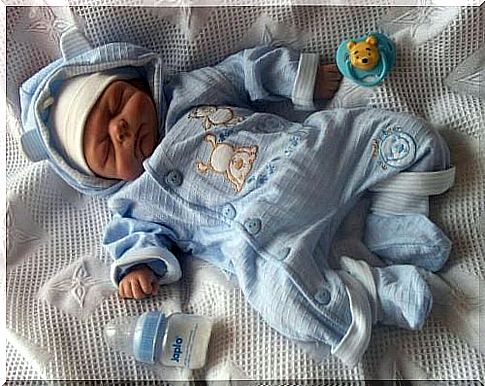
4 tips to protect a newborn from the cold
1. One more layer of clothing
Up to three months, it is difficult for newborns to regulate their body temperature and they lose heat easily. They have little fat and also move little.
Sudden changes in temperature are not good for your newborn.
So, if you want to protect a newborn from the cold, it is best to think about the activity you are going to do and how long it will last.
In addition, you also need to think about whether you are going to stay in heated places or outdoors.
It’s better to bring several thin shirts than some very thick shirts.
So, if you go into a place where the temperature is higher, you can take off some clothes to keep the baby from feeling hot.
As a general rule of thumb, the best advice is that your newborn baby is always dressed in one more layer of clothing than you would otherwise.
2. Type of fabric
The newborn’s clothes should be loose and made of cotton. This is so that they allow perspiration, absorb sweat and do not cause allergies.
In preference to the organic cotton currently sold by many children’s clothing brands. The best fabrics are cotton, wool, synthetic wool or velvet.
Keep in mind that woolen clothing should not come into direct contact with your baby’s skin. That’s because it can cause irritation.
In addition, the baby can even inhale strands of wool through his tiny nose.
Furthermore, it is very important that you remove all tags to avoid scratches or discomfort.
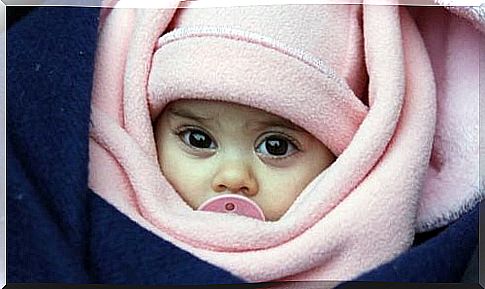
3. House temperature
It is also essential that your child feels comfortable and protected indoors.
Remember that the ideal temperature at home is between 20 and 22°C. In addition, it is necessary to ventilate well every morning to renew the air.
Furthermore, the air from heaters or air conditioners dries out your baby’s nostrils, which can hamper its protective function against microorganisms.
Therefore, it is convenient that you dampen the environment a little. For this, it is best to use humidifiers or place a container with water in the baby’s room. In the latter case, don’t forget to always renew the water.
4. Recognize whether the baby is hot or cold
If we are in doubt about whether the baby is protected or not, we can sense her temperature by touching her neck or back under her clothing.
Thus, it is possible to check whether the clothes are wet because perspiration has occurred. In this case, we must change it immediately.
Hands and feet are generally not a good parameter for determining whether the baby is cold or not. Especially for younger babies.
This is because, generally, they are always colder, due to the fact that they still do not regulate the body temperature well.
So the best thermometer we have on our newborn is touching their nose.
As we see, for the newborn both excessive cold and heat are bad.
So, like everything else in life, we must know how to find the right balance to protect a newborn.
